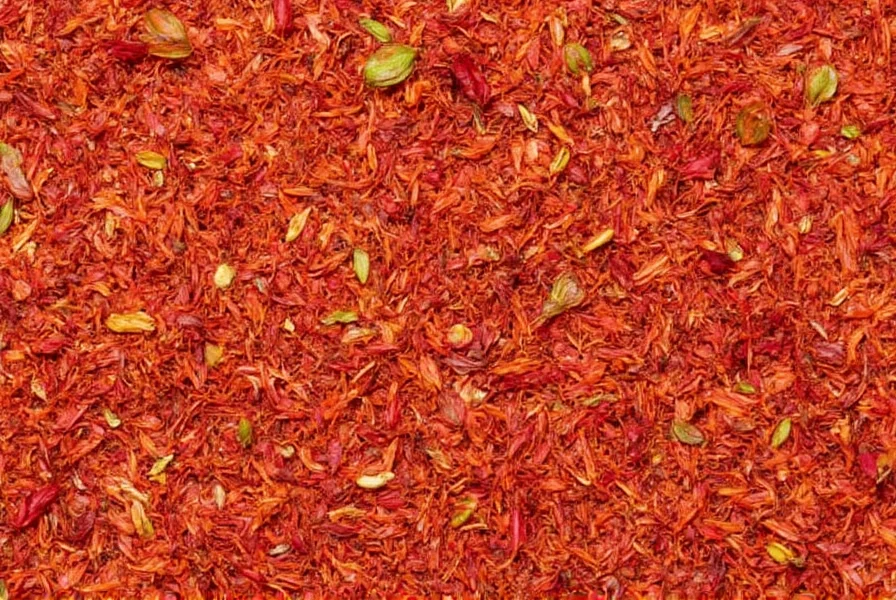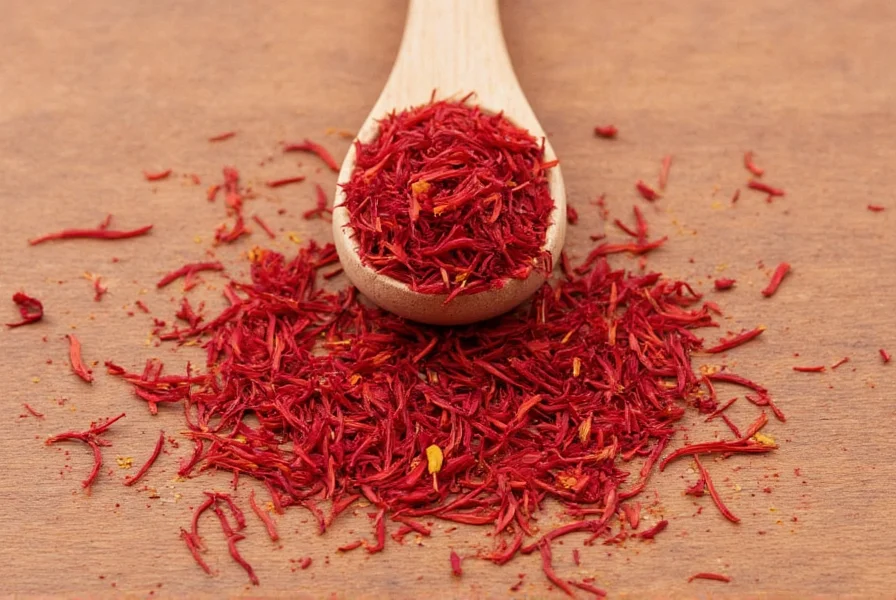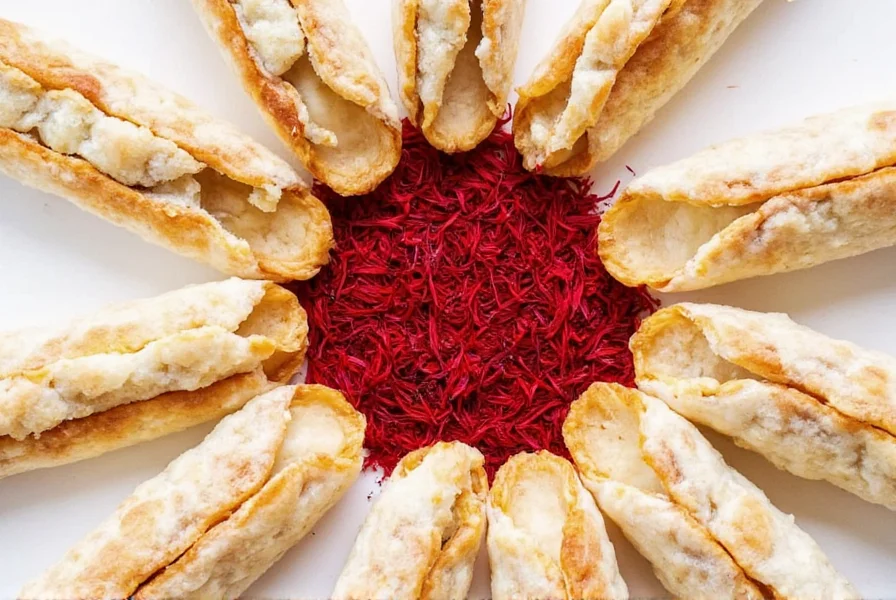Saffron isn't just a luxury ingredient—it's a culinary game-changer when used correctly. Derived from the delicate stigmas of Crocus sativus flowers, each hand-harvested thread contains crocin (providing color), picrocrocin (delivering flavor), and safranal (creating aroma). Understanding how to properly incorporate saffron into recipes prevents waste of this precious spice while ensuring optimal flavor extraction.
The Science Behind Saffron's Culinary Magic
Saffron's compounds require proper activation to release their full potential. The golden pigment crocin is water-soluble, while flavor compounds activate best in warm mediums. This explains why professional chefs never add dry threads directly to dishes. Instead, they employ one of two activation methods:
| Activation Method | Best For | Time Required |
|---|---|---|
| Steeping in warm liquid (water, broth, milk) | Sauces, soups, rice dishes | 15-30 minutes |
| Dry-toasting then grinding | Dry rubs, spice blends, baked goods | 2-3 minutes |
Precise Measurement Guide for Home Cooks
Overusing saffron creates bitterness, while underusing wastes its potential. Follow these professional measurements:
- Rice dishes (paella, risotto): 15-20 threads per 1½ cups uncooked rice
- Seafood stews (bouillabaisse): 20-25 threads per 4 servings
- Baked goods: 8-12 threads per standard loaf or cake
- Sauces and soups: 10-15 threads per 2 cups liquid
Remember that saffron's potency diminishes over time. Fresh threads should have deep red color with minimal yellow styles attached. When crushed between fingers, they should leave vibrant orange streaks and emit a honey-like fragrance with subtle hay notes.
Signature Dishes Showcasing Saffron's Versatility
While saffron shines in traditional Spanish paella and Italian risotto alla Milanese, its applications extend far beyond these classics. Consider these unexpected pairings that highlight saffron's complex flavor profile:

Traditional Masterpieces
- Spanish Paella: Combine 20 threads steeped in ¼ cup warm broth with sofrito base. Add during rice cooking for even color distribution.
- Swedish Lussekatter: Infuse 12 threads in 2 tbsp warm milk for these saffron buns, traditionally served on St. Lucia's Day.
- Persian Tahdig: Create the prized crispy rice layer by adding saffron-infused water to the pot's bottom before baking.
Modern Culinary Innovations
- Saffron-Infused Seafood Broth: Steep 15 threads in fish stock for bouillabaisse or cioppino.
- Golden Milk Latte: Whisk 5 threads steeped in warm almond milk with turmeric and black pepper.
- Saffron-Cardamom Shortbread: Grind toasted threads with cardamom for sophisticated cookies.
Avoiding Common Saffron Mistakes
Even experienced cooks make these critical errors when working with saffron:
- Adding dry threads directly to recipes: Prevents proper extraction of flavor compounds
- Using boiling liquid for steeping: Degrades delicate flavor compounds—use 160-180°F (70-80°C) instead
- Overcooking after adding: Saffron's volatile compounds dissipate after prolonged cooking
- Storing in clear containers: Light exposure rapidly degrades quality—keep in opaque, airtight containers
Storage Techniques for Maximum Longevity
Proper storage maintains saffron's potency for up to two years. Follow these professional storage guidelines:
- Keep in original airtight container or transfer to dark glass jar
- Store in cool, dark place away from heat sources
- Never store near spices like cumin or paprika that can transfer odors
- For long-term storage, freeze threads in vacuum-sealed package
Test saffron quality by placing a thread in warm water. Genuine saffron gradually releases golden color over 10-15 minutes, while fake versions (often made from marigold) discolor water immediately with an orange-red hue.

Understanding Saffron Grades and Quality Markers
Not all saffron delivers equal flavor impact. Recognize quality indicators when purchasing:
- Coupé grade: Contains 80-90% red stigmas with minimal yellow style—ideal for culinary use
- Mancha grade: Highest quality with 95%+ red stigmas, used in premium applications
- Spanish Rio: Balanced flavor profile perfect for most recipes
- Avoid: Powdered saffron (often adulterated) and threads with excessive yellow styles
When evaluating saffron quality, look for deep crimson threads with slight moisture (indicating freshness) that feel slightly springy when pressed. Brittle, dry threads suggest age and diminished potency.
Practical Substitutes When Saffron Is Unavailable
While no substitute perfectly replicates saffron's unique profile, these alternatives work in specific applications:
- Turmeric + paprika: For color only (1/8 tsp turmeric + pinch paprika per 10 threads)—adds no flavor
- Safflower: Similar color but milder flavor (use 3x quantity)—best for rice dishes
- Annatto: Earthy notes with golden color (1/4 tsp powder per 15 threads)—ideal for seafood stews
Remember that substitutes only address color, not saffron's distinctive floral-honey flavor. For authentic results, invest in quality threads and use proper activation techniques.
Frequently Asked Questions
How many saffron threads equal 1/4 teaspoon?
Approximately 20-25 saffron threads equal 1/4 teaspoon of powdered saffron. However, measuring by threads is always more accurate than volume measurements since thread size varies. For most recipes serving four people, 15-20 threads provides optimal flavor without bitterness.
Can I use saffron powder instead of threads in recipes?
While possible, saffron powder has significant drawbacks. It's often adulterated with fillers, loses potency faster than threads, and can't be visually inspected for quality. If using powder, reduce quantity by 25% compared to thread measurements and add later in cooking to prevent flavor degradation. Threads remain the professional chef's preferred form for authentic results.
Why does my saffron rice lack golden color?
Insufficient color typically indicates improper activation. Saffron's coloring compound (crocin) requires warm—not boiling—liquid and adequate steeping time. For vibrant results, crush threads and steep in 2-3 tablespoons warm broth or water for 20 minutes before adding to rice. Adding threads directly to boiling liquid or insufficient quantity (less than 15 threads per 1½ cups rice) also causes pale results.
What's the best way to store leftover saffron threads?
Store saffron in its original airtight container in a cool, dark cupboard away from heat and light. For extended storage beyond six months, transfer to a vacuum-sealed package and freeze. Properly stored saffron maintains potency for 18-24 months. Never store in clear containers or near strong-smelling spices that could transfer odors to the delicate threads.











 浙公网安备
33010002000092号
浙公网安备
33010002000092号 浙B2-20120091-4
浙B2-20120091-4